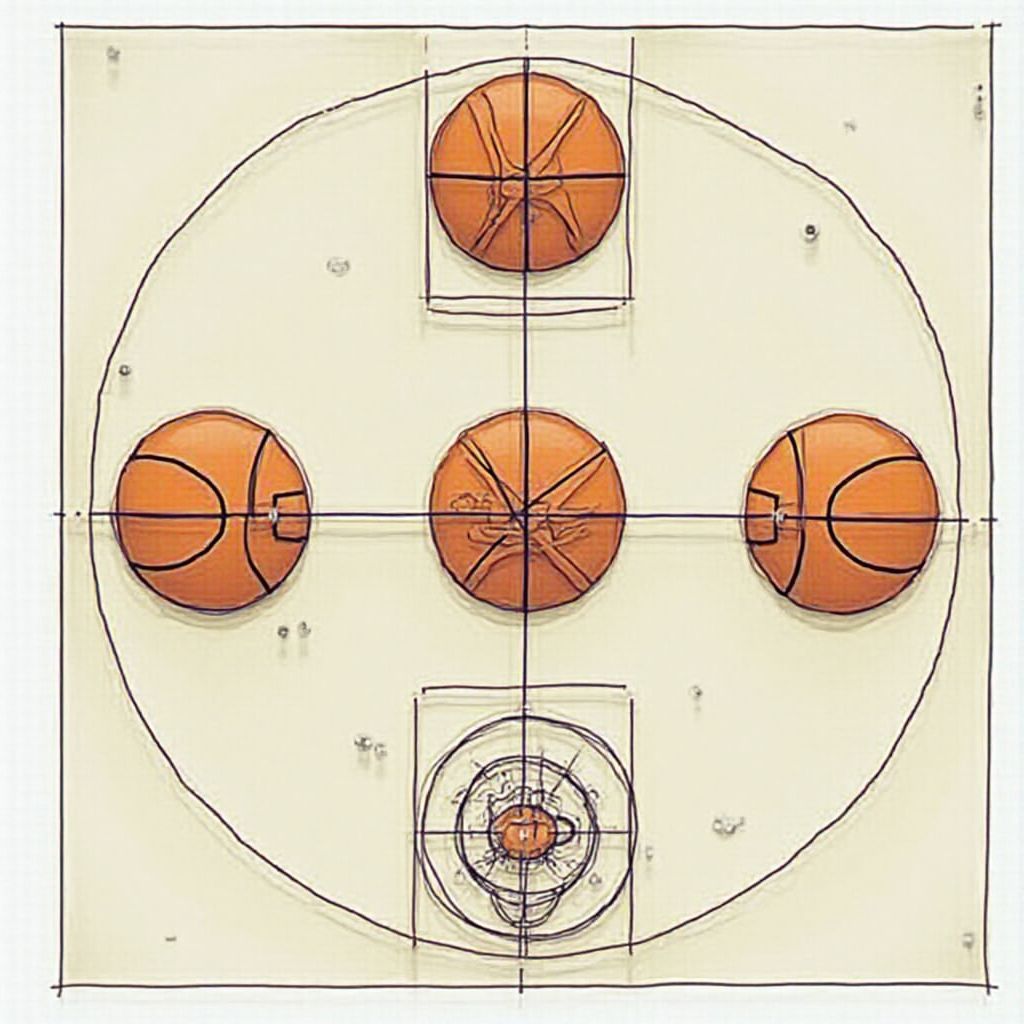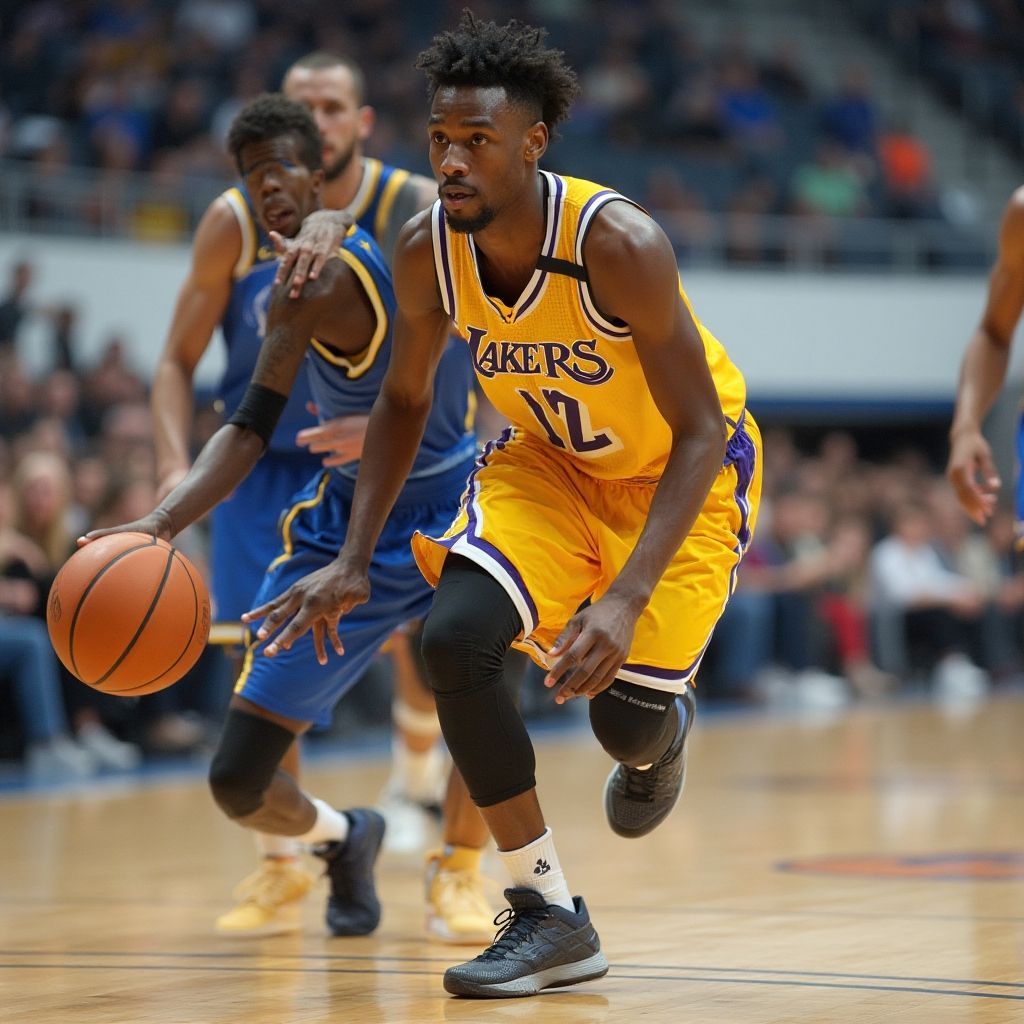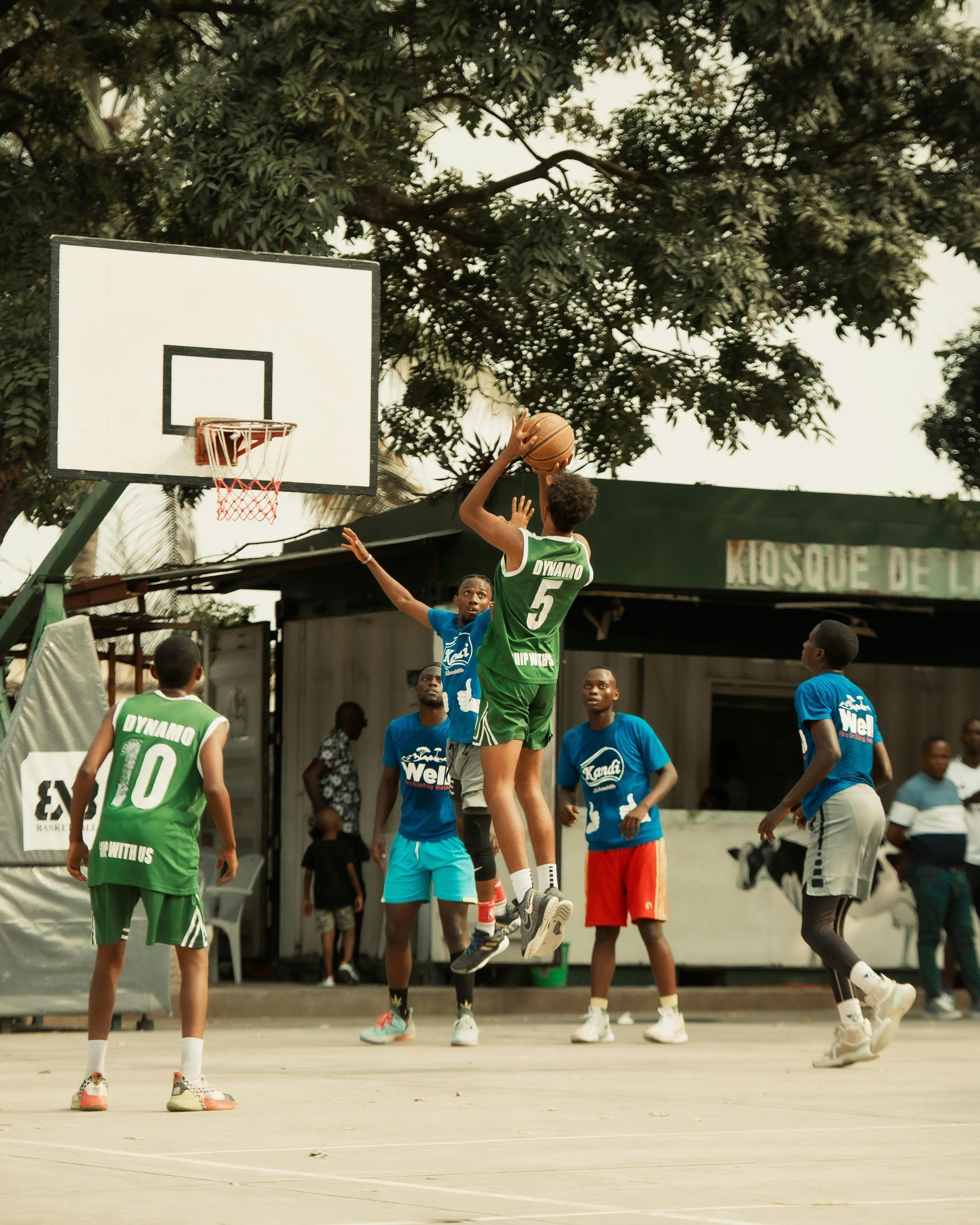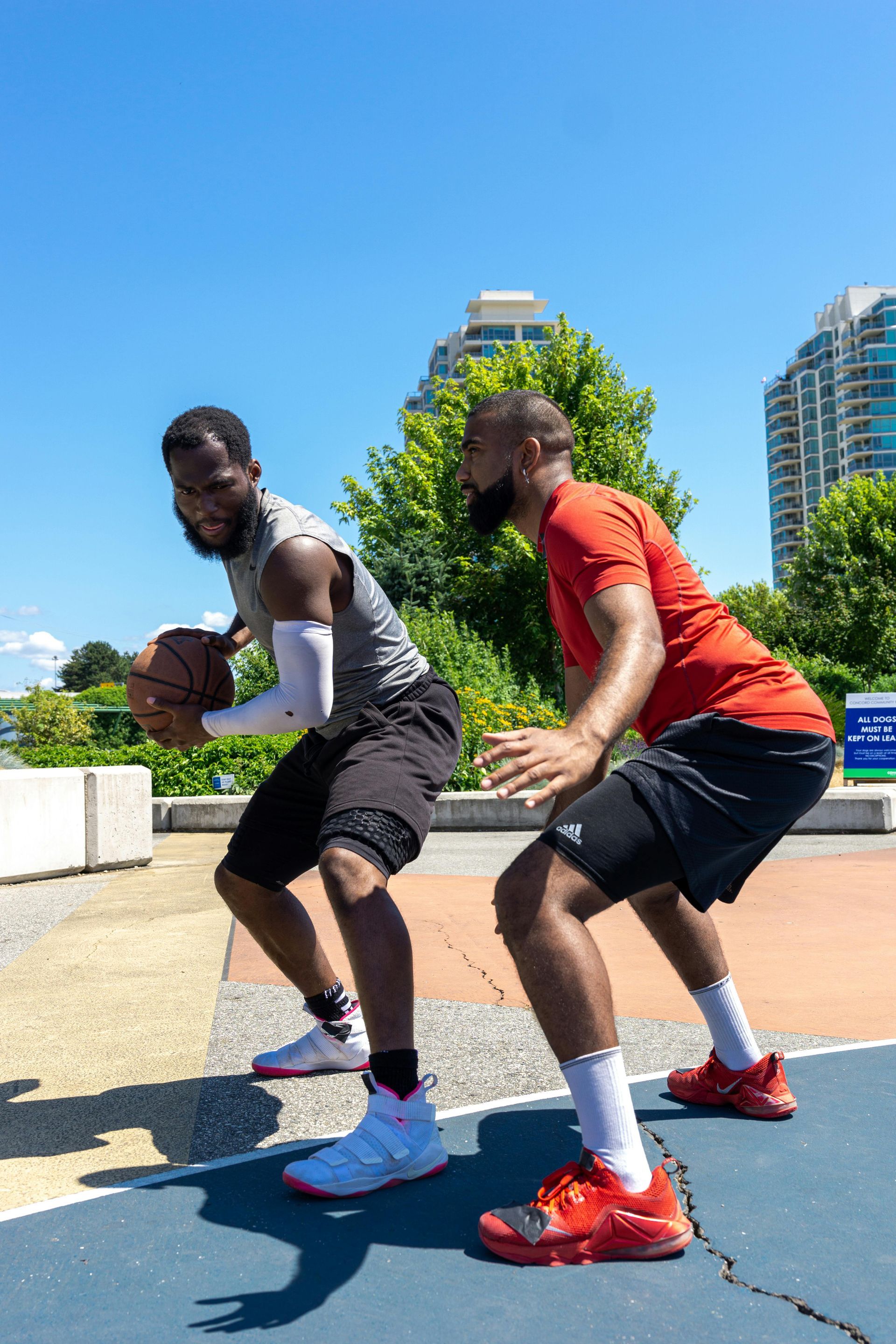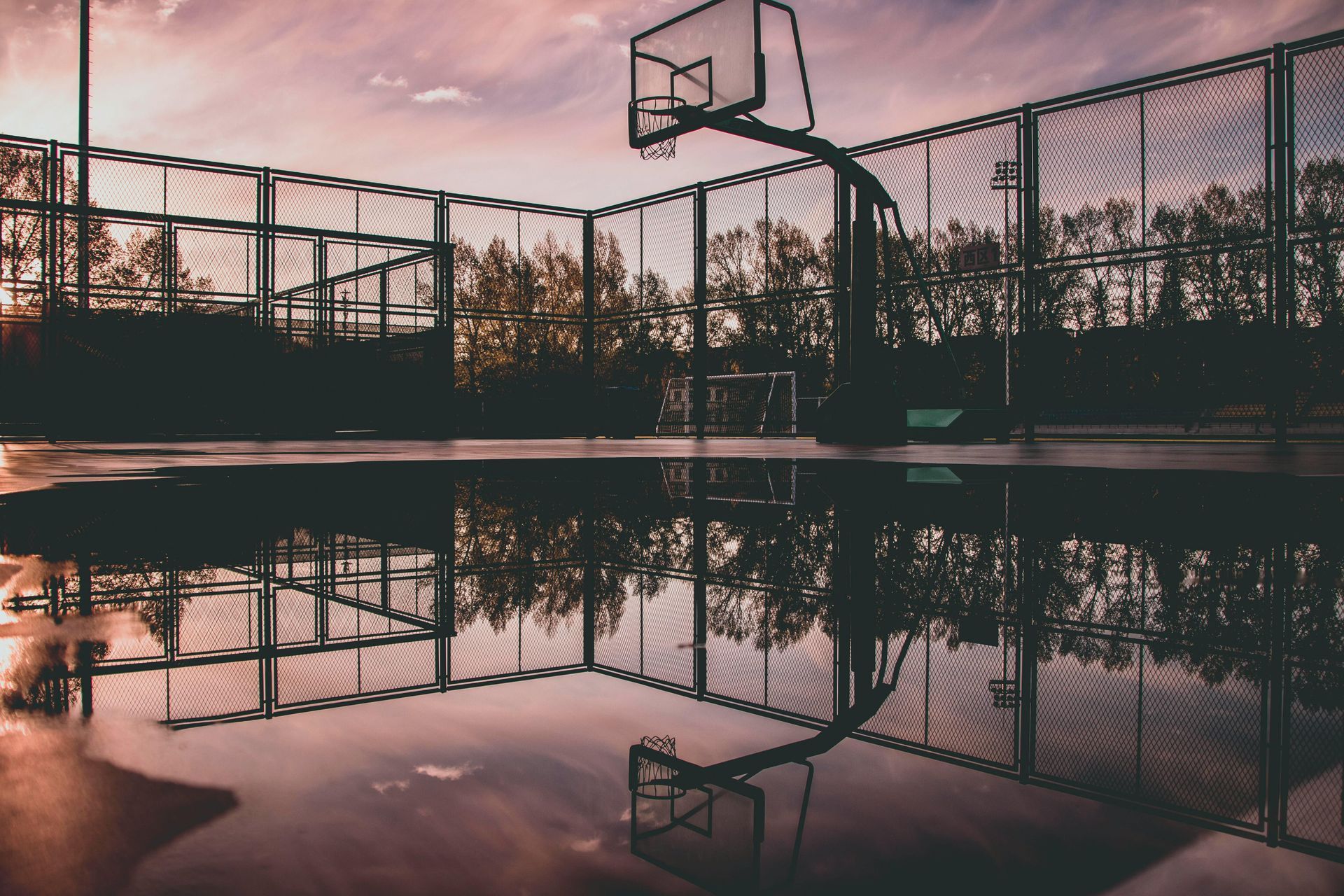Role of Today's Basketball Trainer
Importance of today's basketball trainer
Today’s rising basketball players need trainers who understand the modern game
which has evolved significantly. While the fundamentals of the sport remain the same, the environment surrounding the game has changed in ways that have reshaped how players train, develop, and pursue their goals. Today’s players are navigating a much different landscape, and the role of a knowledgeable basketball trainer has become more important than ever.
1. Coaching Bandwidth
One of the most significant shifts in youth basketball is the reduced instructional bandwidth of traditional team coaches. A generation ago, coaches were often the primary source of player development, spending long hours in the gym teaching fundamentals, correcting form, and mentoring athletes. Today, many coaches at the high school, AAU and college levels are stretched thin. With larger rosters, busy game schedules, recruiting, travel, NIL support and other administrative activity, detailed individualized skill instruction has taken a back seat. As a result, players are often left to find individual development outside the team environment.
2. AAU Basketball Growth
The rise of AAU basketball has given players more exposure and game opportunities than ever before. Tournaments every weekend, national circuits, and highlight reels dominate the youth calendar. While this high-level competition is valuable, it often emphasizes winning and showcasing over skill-building and long-term development. Players can end up spending far more time in games than in training leading to flashy highlights but inadequate fundamentals. Trainers who recognize this imbalance can help restore focus on skill development and basketball IQ.
3. Social Media
Social media has added a new layer of visibility to youth basketball. A generation ago, a player's performance was largely judged in the gym, by coaches and peers. Now, it's often judged online, through highlight clips, rankings, and followers. While platforms like Instagram and YouTube can create exposure, they also incentivize showmanship over substance. Young athletes may chase likes rather than progress. A good trainer today must not only teach the game but also ground athletes in what truly matters: laser focus on fundamentals. That's what scales.
4. NIL as part of Amateur Basketball
Name, Image, and Likeness (NIL) rules have opened the door for high school and even middle school basketball players to monetize their young basketball careers. While this can create exciting opportunities, it also blurs the line between amateur development and professional branding. Young athletes may begin focusing on marketability and less emphasis on repeatable skills. Trainers who understand NIL realities can guide players through this new era helping them stay rooted in development while navigating the opportunities and distractions that come with early exposure. NIL opportunities generally come from consistent higher level output.
5. Transfer Portal
It is not uncommon to see a "what’s next?" mindset in High School Basketball. It has filtered down from the college game. The rise of the transfer portal has created a culture where athletes, parents, and even coaches are often looking for the next best opportunity. Loyalty to programs is diminishing, and continuity in coaching relationships is rare. A trainer, often one of the few constants in a player’s journey, can become the steady influence who helps them grow through every change and challenge.
Why the Right Trainer Matters More Than Ever
In today’s basketball ecosystem, private trainers have gone from luxury to necessity. But not all trainers are created equal. The ideal trainer today is more than just a skills coach. They are a mentor, guide, advisor and someone who understands the complexities of the modern basketball world. They know how to teach the game the right way while helping young players navigate exposure, NIL pressures, and AAU overload. They bridge the gap left by overextended coaches and create a safe space for long term development.
A great trainer doesn't just prepare players for their next tournament, they prepare them for the next level, whatever that looks like. In a generation where the game is louder, faster, and more commercialized, a trainer who understands today’s landscape is the athlete’s best asset.
